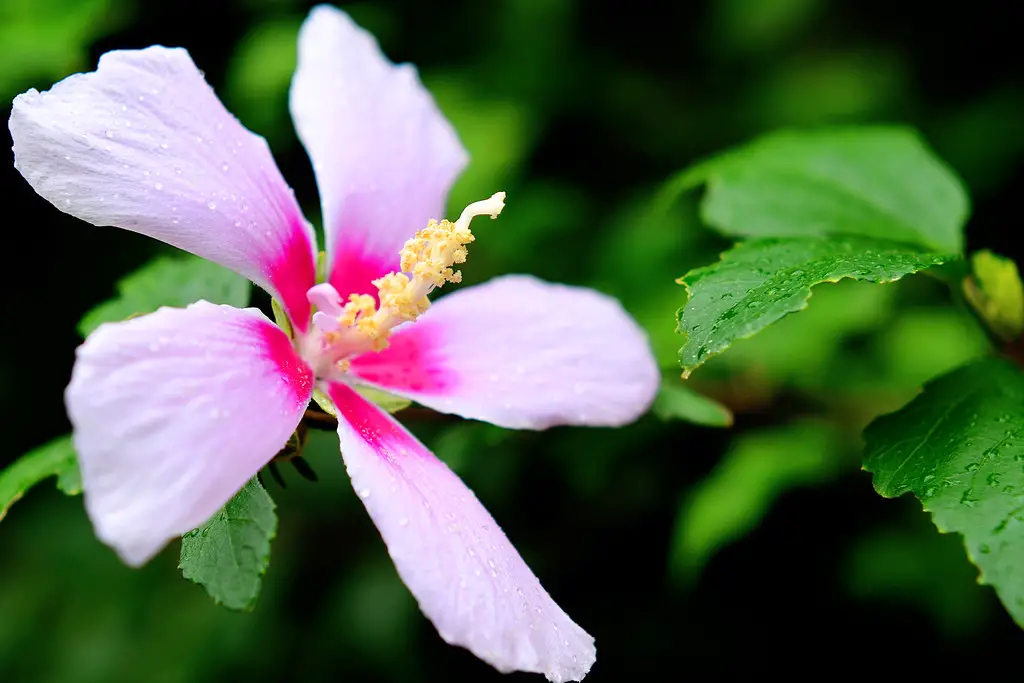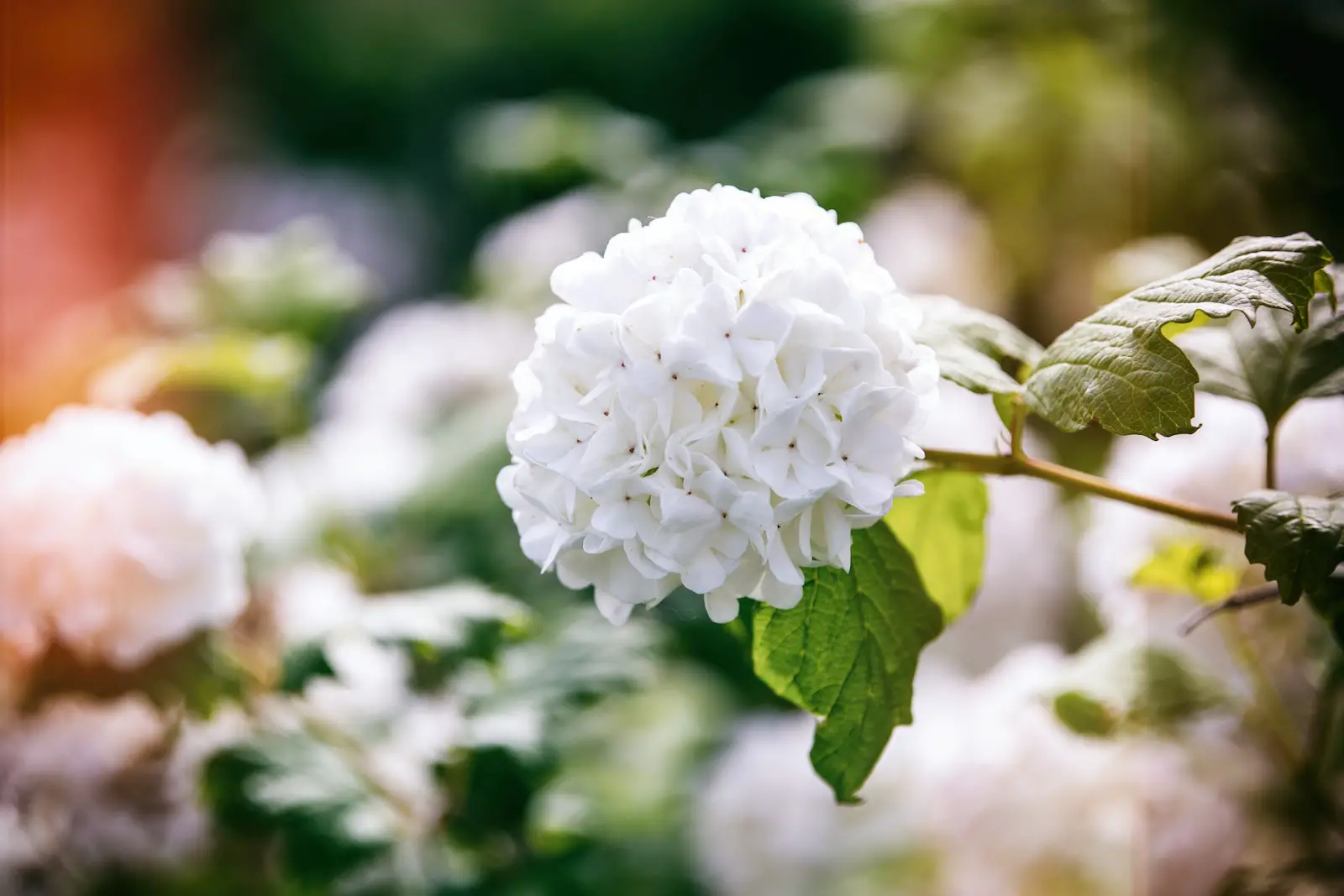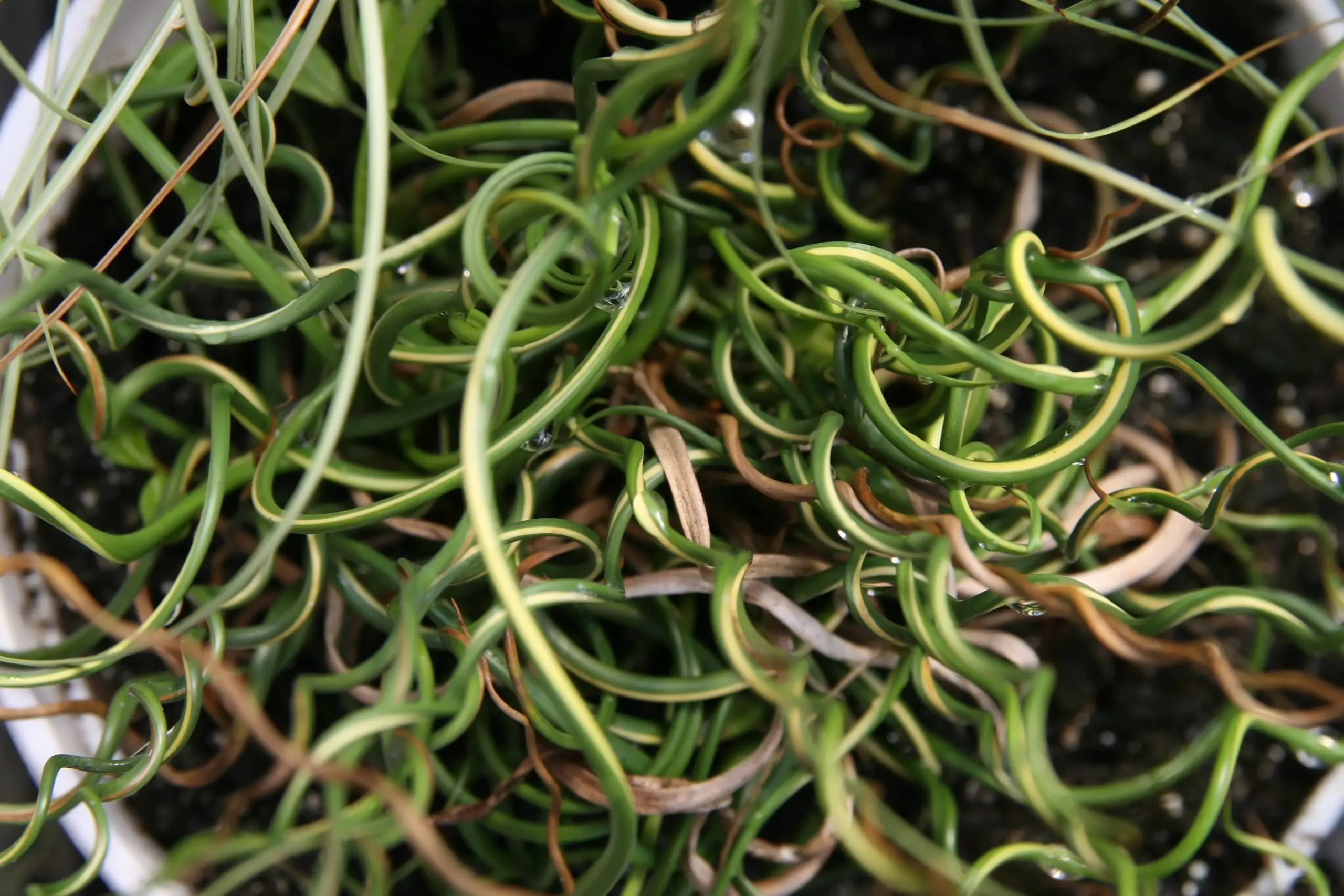Red Twig Dogwood, a plant famous for its striking red branches in winter, is a garden favorite. It’s a versatile and hardy decidient shrub that can thrive in various environmental conditions. During the growing season, it’s adorned with lush green leaves and white blossoms, adding a touch of elegance to any landscape.
Native to North America, Red Twig Dogwood plays a crucial role in natural ecosystems, providing shelter and food to many bird species. The vivid red stems stand out particularly in the winter, after the leaves have fallen, bringing life and color to otherwise barren gardens.
Not only is Red Twig Dogwood admired for its beauty, but it’s also appreciated for its low maintenance requirements. It can be grown in various soil types and climates, making it an attractive choice for gardeners at all levels of experience.
| Aspect | Details |
|---|---|
| Common Names | Red Twig Dogwood, Red Osier Dogwood |
| Botanical Name | Cornus sericea |
| Family | Cornaceae |
| Plant Type | Deciduous Shrub |
| Mature Size | 6-9 feet tall and wide |
| Sun Exposure | Full sun to partial shade |
| Soil Type | Adaptable; prefers moist, well-drained soil |
| Hardiness Zones | 2-7 |
| Native Area | North America |
Red Twig Dogwood Care
Caring for Red Twig Dogwood is generally an effortless process, thanks to its adaptability. It can thrive in various soil types and tolerates varying moisture levels. Planting it in full sun to partial shade with well-draining, moist soil will ensure its optimal growth and development.
Pruning is an essential aspect of its care. Regular trimming not only keeps the plant healthy but also encourages the growth of the bright red stems, which are its main attraction. Monitoring for common pests and diseases and taking prompt action when needed will also keep the shrub vibrant.
Light Requirement for Red Twig Dogwood
Red Twig Dogwood thrives in full sun to partial shade. While it’s tolerant of different light conditions, more sunlight usually enhances the red coloration of the stems. Select a location where the plant can receive at least six hours of sunlight daily.
Soil Requirements for Red Twig Dogwood
Red Twig Dogwood is adaptable to various soil types but grows best in moist, well-drained soil. Ensuring proper soil drainage and maintaining consistent moisture will enhance its growth.
Water Requirements for Red Twig Dogwood
While Red Twig Dogwood prefers moist soil, it can tolerate occasional drought. During dry periods, regular watering, especially in the first few years after planting, helps in establishing a strong root system.
Temperature and Humidity
Red Twig Dogwood is hardy and can grow well in a wide range of temperatures, from cold winters to humid summers. It is adaptable to various climate conditions in hardiness zones 2-7.
Fertilizer
Generally, Red Twig Dogwood doesn’t require heavy fertilization. However, an application of balanced fertilizer in early spring can promote growth, particularly in nutrient-deficient soils.
Pruning Red Twig Dogwood
Pruning is essential to maintain the bright red color of the stems. Cutting back older stems during the late winter or early spring encourages new growth with vibrant coloration.
Propagating Red Twig Dogwood
Propagation can be done through stem cuttings or root divisions. Taking cuttings during the dormant season and planting them in a well-drained mixture is a successful method.
How To Grow Red Twig Dogwood From Seed
Growing Red Twig Dogwood from seed may require stratification. Plant seeds in suitable soil and keep them in a cold frame or refrigerator for several months before sowing outdoors.
Common Pests & Plant Diseases
Aphids
Small insects that can be controlled using insecticidal soap or neem oil.
Powdery Mildew
A white powdery substance on leaves that can be treated with fungicides.
Common Problems With Red Twig Dogwood
Yellowing Leaves
Often a sign of overwatering or poor soil drainage. Adjust watering and ensure proper soil conditions.
Weak Stem Color
Insufficient sunlight can lead to less vibrant stem color. Plant in full sun for best results.
Stunted Growth
Could be related to poor soil conditions or improper watering. Regular monitoring and adjustments will help.
Pro Tips
- Plant in full sun to enhance red stem color.
- Maintain moist soil for optimal growth.
- Prune regularly to encourage bright new stems.
- Monitor for common pests and diseases and treat promptly.
- Consider growing near water features for an appealing landscape.


